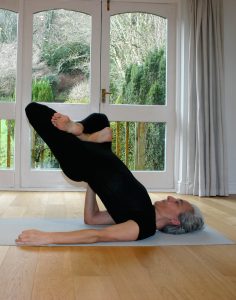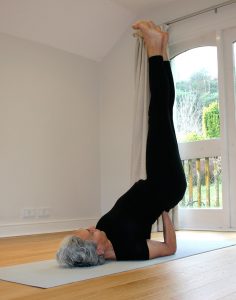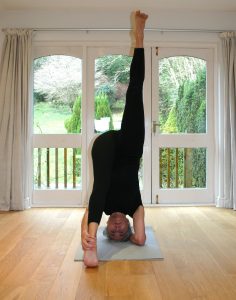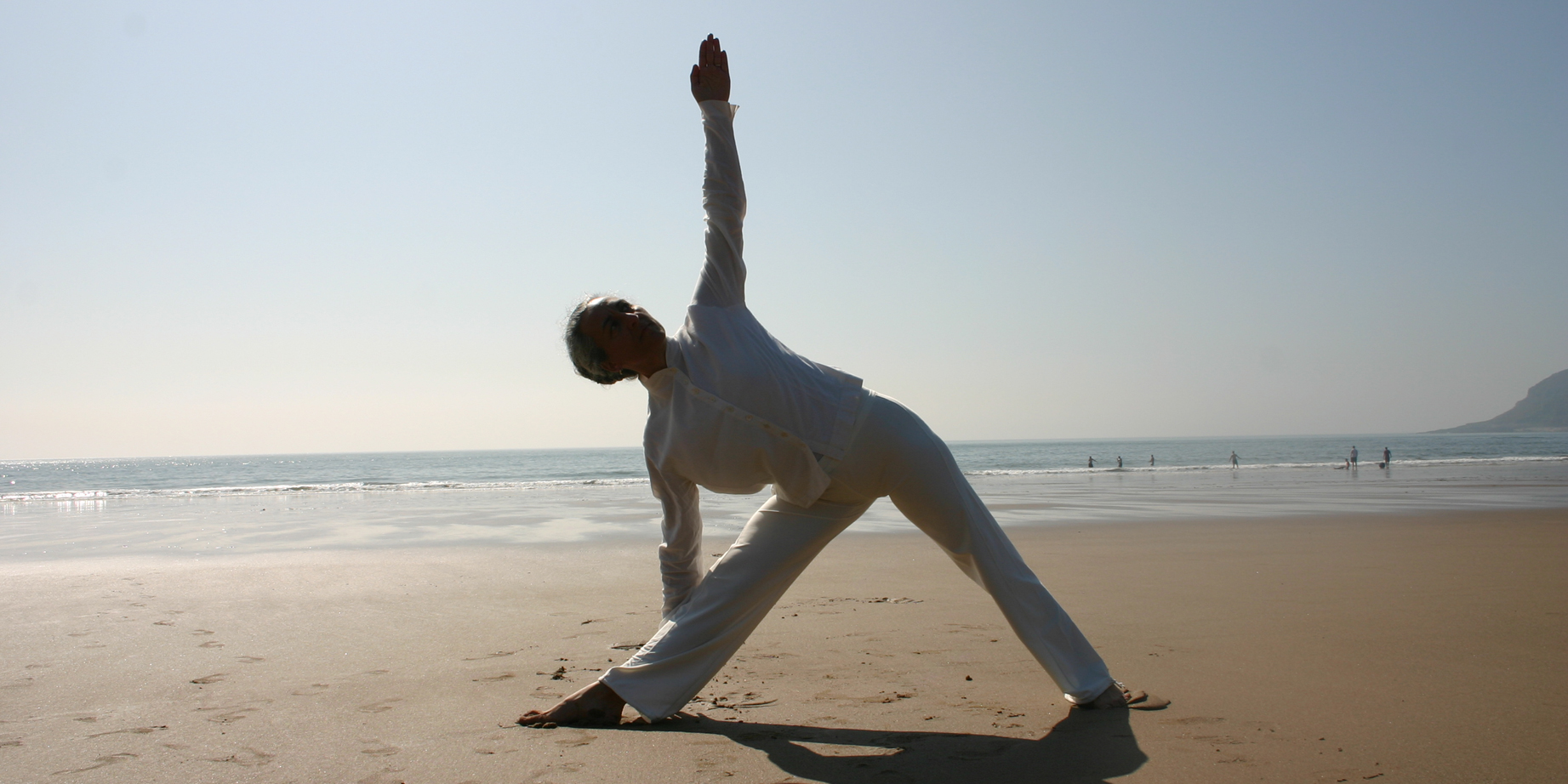
Yoga is the merging of all the forces of life into a unified, undivided whole
In a time when many aspects of our lives seem to be separated, compartmentalised making us feel disconnected and fragmented, Yoga brings about a sense of grounded integration, inclusiveness and fluidity. The practice of Yoga stirs us away from the myth of separation which generates pain, conflict and fear. Yoga reminds us that there is a place of contented joyfulness, a place where dreams can be realised and meaning found. Yoga is a methodised process to support personal development and evolution. It helps us arrive in the present, the only place where anything is actually happening. Here we can experience life as a precious opportunity to become conscious of our own marvel and to act skilfully.
•Jnana Yoga the Yoga of knowledge and wisdom that educates the conceptual mind to develop a sharp discernement and refine higher intuition. The practice is meditative contemplation, sometimes accompanied by renunciation to mundane life.
•Raja Yoga the ‘royal path’ is the study and consequent understanding of the mind, its fluctuations and complex processes. The practice is self-reflective and meditative as presented in the Yoga Sutras of Patanjali. It is referred to as Classical Yoga. Raja Yoga is often contrasted with Hatha Yoga which was seen as preparatory. This thinking started in the 11th century in an attempt to integrate the meditative aspects of Yoga with the then ‘new’ body positive teachings of Tantra.
•Bhakti Yoga refers to the cultivation, often through ritual, of a devotional and loving relationship towards all life. It often implies devotion to the Divine and/or one’s guru. Its main practice is prayer and mantra japa, (repetition)
•Hatha Yoga founded by Goraksha (circa 10th century AD) is the Yoga of self-realisation by means of perfecting the body through the physical and vital practices of asana (posture) and pranayama (breath) respectively. This is the aspect of Yoga that has found great resonance in Western culture.
•Karma Yoga is the Yoga of self-transcending action, to navigate the impact of desires, attachments and loss. By renunciation there is insight and understanding. Selfless work, volunteering is its main practice.
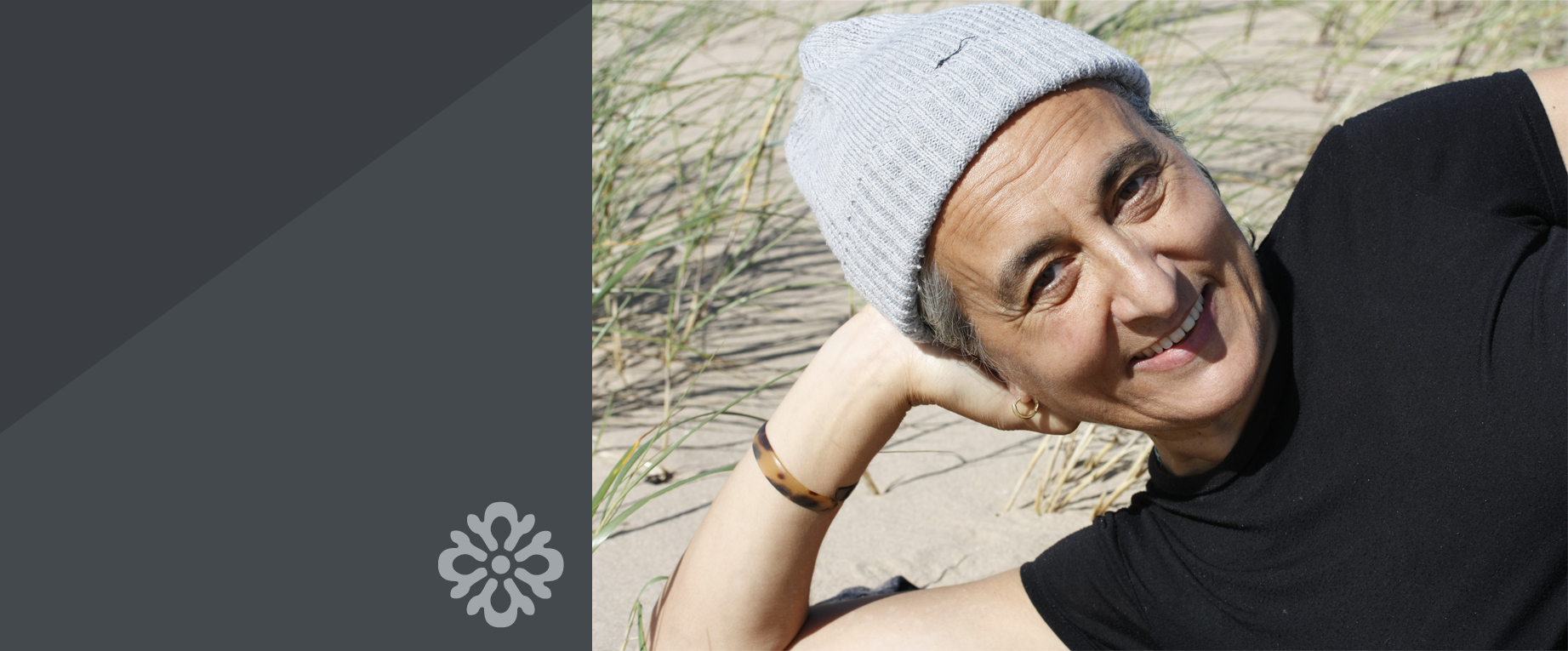
Sama Fabian | Yoga Elder IYN YR RCST
I started Yoga as a means to come in touch with my organic reality. I had spent my early childhood taking off on wondrous flights and after a bumpy adolescence and early adulthood trying to land, I found my practice. On my return from my first trip to India, I set off on an austere and potent sadhana which was to last 8 years. This was a time of extreme isolation often spent in the wilderness, practicing for hours, foraging for whatever food the land would yield. I would walk on moonless nights to explore the physicality of fear meeting my demons and traumas and expanding the boundaries of self. The books that accompanied my quest over that time were ‘Yoga self-taught’ by Andre Van Lysebeth, the I-Ching, the Tibetan Book of the Dead, ‘The Divine Life’ and ‘The Synthesis of Yoga’ by Sri Aurobindo. Later I studied different aspects of the practice always seeking authenticity and direct experience. I found great inspiration from prominent teachers in the field:
•Sri Satchitananda of Madras (the Power of Mind)
•Ma Gandha (Vini Yoga) •Silva Mehta & Sylvia Prescott (Iyengar Yoga)
•Angela Farmer (Unfolding the Feminine)
•Dona Holleman (Dancing the Flame of Life)
Brief encounters with other teachers, notably Orit Sen Gupta (Vayu’s Gate) and Bernard Bouanchaud (The Essence of Yoga, The Samskhya Karika) have also informed and evolved my practice. More recently I have been enjoying the teachings of the wonderful Ravi Ravindra (The Wisdom of the Yoga Sutras, Heart Without Measure, The Pilgrim Soul) And the practice itself, the daily meeting with the inner teacher, has consistently provided wondrous resources. To all, my deepest gratitude.
I have practiced Yoga all my adult life and started to teach an integrated practice in 1985. I set up Aurolab Yoga in 2000, qualified as a Craniosacral Therapist in 2002 and as a Shamanic Practitioner in 2013. I am a founder member of the Independent Yoga Network, UK. In 2011, with my partner Tanya Syed, I moved to Wales to set up The Green House School of Yoga and Healing where we run classes, workshops, study and training courses and also see clients in our clinic. To enquire about any of our classes, workshops, therapies, foundation courses, teacher training and post graduate course please do not hesitate to contact us.

‘Sama's passion imbibes the heart with a gentle distillation of timeless wisdom.'
'The resonance of her words ignites the deepest visceral sensing and knowing intelligence. She carries a scholarly humility and radiates the brilliance of a true mentor. A gift of our time.’
Kathryn 'Premshakti' Varley, Yoga Elder, I-Rest meditation and Nidra teacher.
Photo Credit:
Portrait by Andrea Breuer

Yoga is the merging of all the forces of life into a unified, undivided whole
In a time when many aspects of our lives seem to be separated, compartmentalised making us feel disconnected and fragmented, Yoga brings about a sense of grounded integration, inclusiveness and fluidity. The practice of Yoga stirs us away from the myth of separation which generates pain, conflict and fear. Yoga reminds us that there is a place of contented joyfulness, a place where dreams can be realised and meaning found. Yoga is a methodised process to support personal development and evolution. It helps us arrive in the present, the only place where anything is actually happening. Here we can experience life as a precious opportunity to become conscious of our own marvel and to act skilfully.
•Jnana Yoga the Yoga of knowledge and wisdom that educates the conceptual mind to develop a sharp discernement and refine higher intuition. The practice is meditative contemplation, sometimes accompanied by renunciation to mundane life.
•Raja Yoga the ‘royal path’ is the study and consequent understanding of the mind, its fluctuations and complex processes. The practice is self-reflective and meditative as presented in the Yoga Sutras of Patanjali. It is referred to as Classical Yoga. Raja Yoga is often contrasted with Hatha Yoga which was seen as preparatory. This thinking started in the 11th century in an attempt to integrate the meditative aspects of Yoga with the then ‘new’ body positive teachings of Tantra.
•Bhakti Yoga refers to the cultivation, often through ritual, of a devotional and loving relationship towards all life. It often implies devotion to the Divine and/or one’s guru. Its main practice is prayer and mantra japa, (repetition)
•Hatha Yoga founded by Goraksha (circa 10th century AD) is the Yoga of self-realisation by means of perfecting the body through the physical and vital practices of asana (posture) and pranayama (breath) respectively. This is the aspect of Yoga that has found great resonance in Western culture.
•Karma Yoga is the Yoga of self-transcending action, to navigate the impact of desires, attachments and loss. By renunciation there is insight and understanding. Selfless work, volunteering is its main practice.
Contemporary practice has greatly expanded the practical field of Yoga and devised new terms that refer to methods of presentation, or ‘styles’ which emphasise one or the other of the traditional aspects of the practice or refer to ways of practice or presentation specific to particular teachers. Sometimes in a fluid, uninterrupted flow of sequenced or ‘danced’ asanas, sometimes in long-time holding of particular postures, other times creating artificial heat to replicate tropical climates or emphasising what is perceived as masculine or feminine. All Yoga is about coming in touch with your true self. Our Yoga is a holistic practice that integrates all the aspects of the traditional spectrum as well as a variety of modalities from kin traditions. Our intention is to create a gentle and supportive environment for all to confidently develop the ability to respond to conditions as they arise. In time we learn to trust and rely on the inherent wisdom of our bodies. Then we start to remember who we really are.

